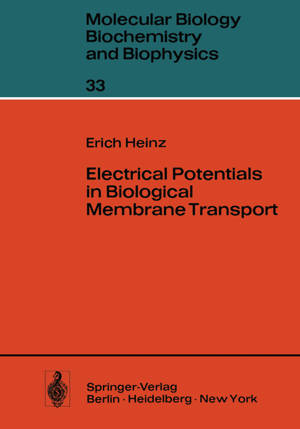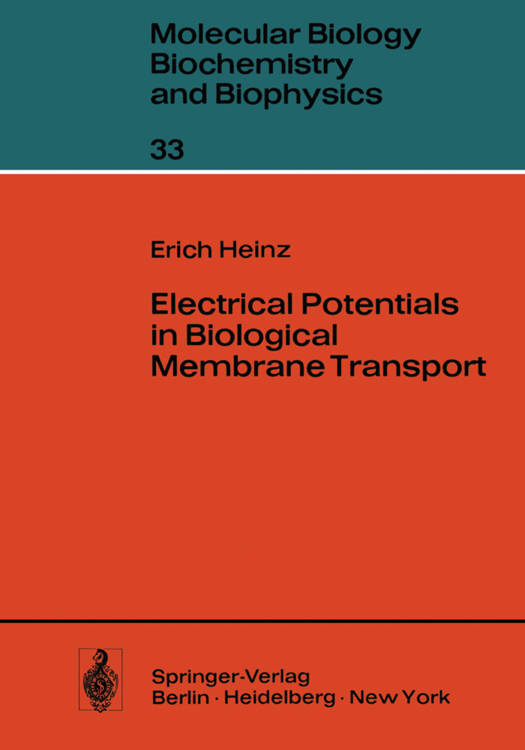
- Afhalen na 1 uur in een winkel met voorraad
- Gratis thuislevering in België vanaf € 30
- Ruim aanbod met 7 miljoen producten
- Afhalen na 1 uur in een winkel met voorraad
- Gratis thuislevering in België vanaf € 30
- Ruim aanbod met 7 miljoen producten
Zoeken
Omschrijving
The material of this volume was originally planned to be incorporated in the preceding monograph Mechanics and Energetics of Biological Transport. A separate and coherent treatment ofthe variety of bioelectrical phenomena was considered preferable, mainly for didactic reasons. Usually, the biologist has to gather the principles of bioelectricity he needs from different sources and on different levels. The present book intends to provide these principles in a more uniform context and in a form adjusted to the problems of a biol- ogist, rather than of a physicist or electrical engineer. The main emphasis is put on the molecular aspect by relating the bioelectrical phenomena, such as the membrane diffusion potentials, pump potentials, or redox potentials, to the properties of the membrane concerned, and, as far as pOSSible, to specific steps of transport and metabolism of ions and nonelectrolytes. Little space is devoted to the familiar and widely used representation of bioelectrical phe- nomena in terms of electrical networks, of equivalent circuits with batteries, resistances, capacities etc. In order to elucidate the basic principles, the formal treatment is kept as simple as pOSSible, using highly Simplified models, based on biological systems. The corresponding equations are derived in two ways: kinetically, i. e. in terms of the Law of Mass Action, as well as energetically, i. e., in terms of Nonequilibrium Thermodynamics.
Specificaties
Betrokkenen
- Auteur(s):
- Uitgeverij:
Inhoud
- Aantal bladzijden:
- 88
- Taal:
- Engels
- Reeks:
- Reeksnummer:
- nr. 33
Eigenschappen
- Productcode (EAN):
- 9783642816772
- Verschijningsdatum:
- 8/12/2011
- Uitvoering:
- Paperback
- Formaat:
- Trade paperback (VS)
- Afmetingen:
- 170 mm x 244 mm
- Gewicht:
- 172 g

Alleen bij Standaard Boekhandel
+ 236 punten op je klantenkaart van Standaard Boekhandel
Beoordelingen
We publiceren alleen reviews die voldoen aan de voorwaarden voor reviews. Bekijk onze voorwaarden voor reviews.








